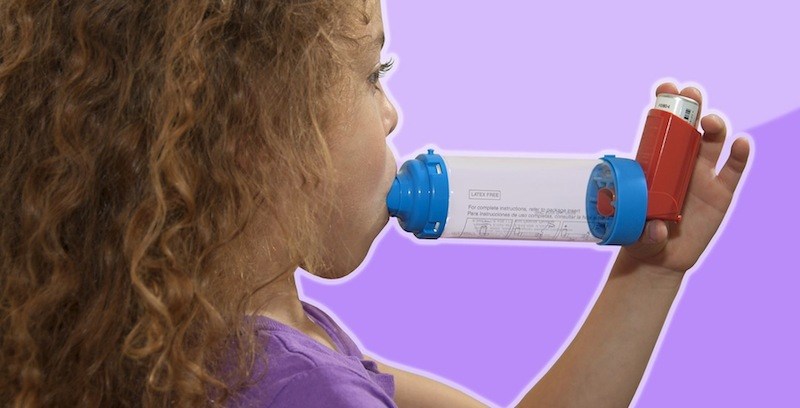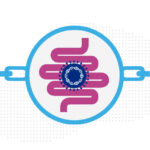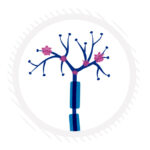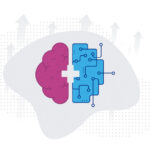Can asthma be nipped in the bud?

Worldwide, asthma affects an estimated 300 million people, and is expected to surpass 400 million by 2025, according to the World Health Organization. About 1 in 10 U.S. children have asthma, and research shows that the vast majority of them also have allergy. Could that provide a clue to its prevention?
Starting at 2 to 3 years of age, susceptible children start to become sensitized to pollens, mold spores and other airborne allergens. They begin to produce IgE antibodies, which not only trigger allergic reactions but also impair their anti-viral immune responses — potentially leading to more viral infections that can further hasten their progression to asthma.
A multicenter clinical trial, led by Wanda Phipatanakul, MD, MS, of the Division of Allergy & Immunology at Boston Children’s Hospital, now aims to test whether the anti-IgE drug omalizumab (Xolair) can short-circuit this process.
The randomized, double-blind Preventing Asthma in High Risk Kids (PARK) trial is supported by a seven-year, $20 million Asthma Prevention Grant from the NIH’s National Institute of Allergy and Infectious Diseases (NIAID). By its end, it will enroll 250 wheezy 2- and 3-year-olds with a positive allergy test. The children will receive either Xolair or placebo and will be followed for four years — two years on the treatment, then two years off — to see what proportion of each group develops active asthma as defined by NIAID.
“People have tried to prevent asthma, but no one has been successful,” says Phipatanakul. “The most well done study to date, published in 2006 in The New England Journal of Medicine, tried to prevent asthma in preschoolers using inhaled steroids. The steroids helped while the children were treated, but they didn’t work for prevention.”
Blocking IgE, on the other hand, could block the immune events that lead to asthma to begin with. IgE antibodies bind to mast cells, which in turn, release histamine and other powerful chemical triggers of allergic reactions. Research by other investigators at Boston Children’s found that mast cells also suppress formation of Treg cells (regulatory T cells that curb the immune response), a double whammy.
The anti-IgE approach has already proven itself in helping children with severe peanut allergy begin to tolerate tiny amounts of peanut protein – enough to safely consume foods that may have traces of peanut.
“This is the first study targeting the allergic pathway early in life,” says Phipatanakul. “It could potentially block the whole allergic march and modify the course of all ‘badness’ that comes with IgE: food allergy, eczema, allergic rhinitis and asthma.”
To inquire about enrollment in the PARK trial at Boston Children’s, email asthma@childrens.harvard.edu, call 857-218-5336, or visit parkstudy.org.
Related Posts :
-

A surprising link between Crohn’s disease and the Epstein-Barr virus
Crohn’s disease, a debilitating inflammatory bowel disease, has many known contributing factors, including bacterial changes in the microbiome that ...
-

Could peripheral neuropathy be stopped before it starts?
An increase in high-fat, high-fructose foods in people’s diets has contributed to a dramatic increase in type 2 diabetes. This, ...
-

Could we cure or prevent food allergy by targeting an intestinal protein?
When is food simply nourishing and enjoyable, and when does it provoke an allergic reaction? The answer appears to lie ...
-

AI-enabled medical devices are burgeoning, but many haven’t been tested in children
Medical devices that incorporate artificial intelligence and machine learning are proliferating. In 2013, the FDA approved fewer than 10 such devices; by 2023, ...





